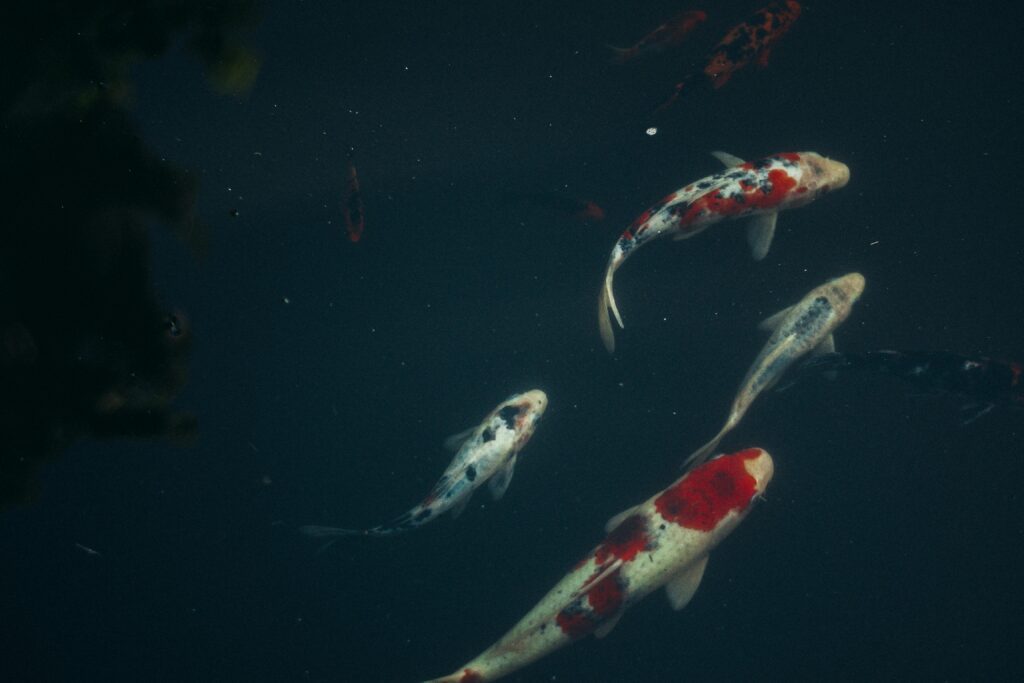The captivating history of Koi breeds unfolds a tale of continuous evolution, where the breeds we cherish today have undergone centuries of refinement. Examining the roots of classic varieties like Kohaku and Showa offers insights into the meticulous breeding practices that have shaped their enduring elegance.

Origins and Ancient Breeding Practices
The journey begins with an exploration of the origins of Koi keeping in ancient Japan. Moreover, understanding the rudimentary breeding practices employed by early enthusiasts lays the foundation for appreciating the timeless charm of classic breeds.
Centuries of Selective Breeding
Centuries of selective breeding have molded Koi breeds into the magnificent specimens we admire today. This section delves into the historical context, revealing how breeders honed their skills over generations to enhance color, pattern, and overall aesthetics.
Symbolism and Cultural Significance
The evolution of Koi breeds is intertwined with symbolism and cultural significance. Moreover, this segment explores how certain breeds, like the revered Kohaku, became symbols of good fortune and success, shaping the cultural narrative surrounding Koi.
Technological Advancements: Shaping Modern Breeding Techniques
Advancements in technology have ushered in a new era for Koi breeding. Moreover, this part discusses the impact of modern tools, genetic insights, and innovative breeding techniques, reflecting the dynamic intersection of tradition and progress.
Global Influence and Exchange of Breeding Practices
The global spread of Koi keeping has led to the exchange of breeding practices and the emergence of new varieties. Moreover, this section explores how the international community has contributed to the diversity and expansion of the Koi world.
In essence, the evolution of Koi breeds is a journey through time, where ancient practices have seamlessly merged with modern innovations. The result is a vibrant and diverse array of Koi varieties that reflect the dedication, passion, and artistry of generations of breeders.
Last modified: 20 February, 2024

